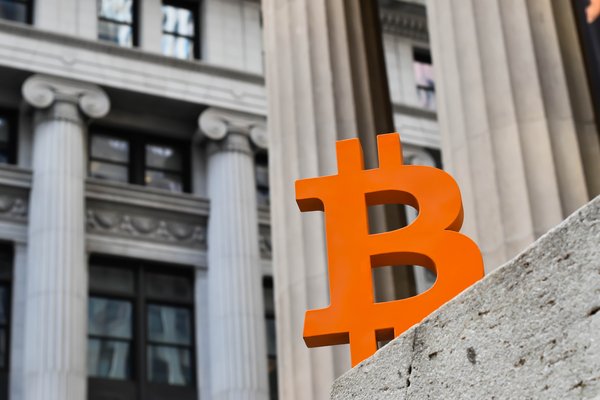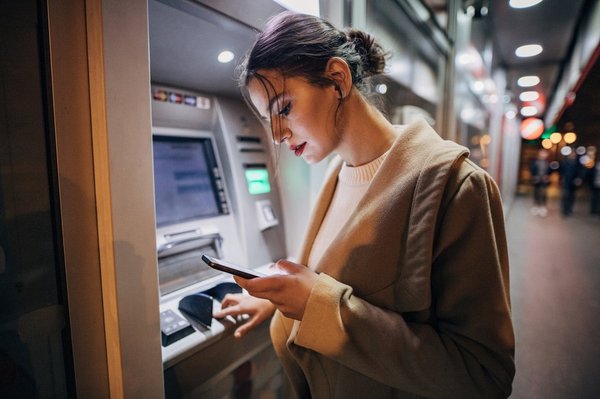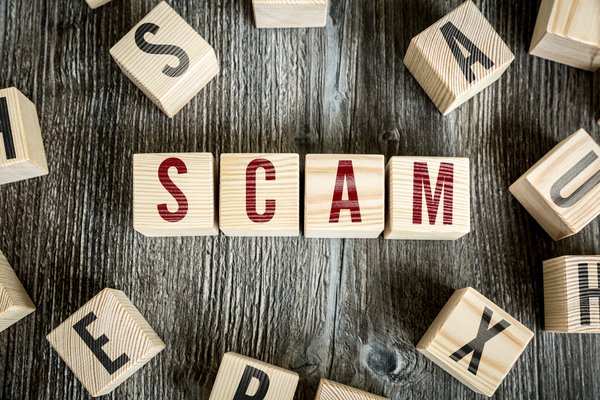Kishu Inu (CRYPTO:KISHU) is a meme token that says its mission is bringing popular cryptocurrency concepts to the mainstream. So far, it offers rewards for token holders, a decentralized crypto exchange, and non-fungible tokens (NFTs).
It's clear that Kishu Inu follows the same basic formula as many other meme tokens that have been flooding the market. In fact, a few of those other meme tokens, such as Baby Doge Coin (CRYPTO:BABYDOGE) and Kabosu (CRYPTO:KABOSU), are so similar to Kishu Inu that there's a good chance they were created by the same person.
Cryptocurrencies like these often build a strong following, at least for a short period of time. This guide will cover how Kishu Inu works and why you shouldn't fall for the hype.

What makes Kishu Inu unique?
Kishu Inu's gimmick is that it takes 2% of every transaction and distributes that among its token holders using their own decentralized wallets. For example, if someone sends 1,000,000 KISHU, then 20,000 of those tokens will be sent out to token holders' wallets.
You're essentially earning rewards for owning KISHU tokens, although you'll also be paying a 2% fee on any of your own transactions. There are other crypto tokens that do the same thing, with the only difference being the percentage taken out of each transaction.
The fee/rewards system is the most notable feature of Kishu Inu, but it isn't a new innovation. That's one of the big issues with these meme tokens -- the only real difference between them is the name and the cartoon images on their websites.
Where Kishu Inu came from
Kishu Inu launched on April 17, 2021. It was created by an anonymous group of developers. According to the white paper, it had a market cap of more than $2 billion and more than 100,000 holders within the first month.
The inspiration behind Kishu Inu was almost certainly the success of previous meme coins and tokens, including Dogecoin (CRYPTO:DOGE) and Shiba Inu (CRYPTO:SHIB). While those cryptocurrencies are both based on the Shiba Inu dog breed, Kishu Inu tweaked the formula a little by using the Kishu breed as its mascot.
How Kishu Inu works
Kishu Inu is an ERC-20 token built on the Ethereum (CRYPTO:ETH) blockchain. It has what it calls a "decentralized usage rewards mechanism," which means that on every active user transaction, it takes 2% and distributes them to KISHU holders' decentralized wallets.
As part of its mission to make popular crypto concepts mainstream, Kishu Inu also offers several apps:
- Kishu Swap, a decentralized crypto exchange.
- Paw Print, a wallet-tracking app to track KISHU tokens.
- Kishu Crate, an NFT marketplace.
- Kishuverse, an NFT minting platform.
Partnerships
There aren't a lot of companies that have chosen to partner with Kishu Inu, which isn't a surprise given that it's one of the smaller cryptocurrencies. It has, however, managed to find a somewhat random assortment of partners.
Kishu Inu announced an NFT partnership with the ByBit crypto exchange in April 2022. According to the announcement, Kishu Inu is the first meme token to release an NFT collection on ByBit.
Travala.com, a crypto-friendly travel agency, began accepting Kishu Inu payments in August 2021. Holders can use KISHU tokens to book travel on the agency's website.
Living Vogue Real Estate, a luxury real estate agency in Sarasota, Fla., announced that it would accept payments in Kishu Inu and EthereumMax (CRYPTO:EMAX) in June 2021.
EthereumMax isn't exactly good company, though. It's been described as a pump-and-dump crypto scam, and several celebrities have been sued for promoting it.
Can I make passive income with Kishu Inu?
You earn passive income simply for holding Kishu Inu in your crypto wallet, and it's one of the main features of this cryptocurrency. Every time there's a transaction, you'll receive “reflections,” which is your share of the 2% transaction fee.
The problem is that this passive income is paid in KISHU tokens. You're only making actual money if the price of Kishu Inu remains steady or increases. Considering how little it has to offer as an investment, Kishu Inu isn't worth buying as any sort of money-making venture.
Unique risks
The interesting thing about Kishu Inu is that it looks strikingly similar to multiple meme tokens released around the same time period. Here's a quick breakdown of the tokens and the timeline:
- Kishu Inu came first, launching on April 17, 2021, and branding itself as Doge's "brother." It takes a 2% transaction fee and uses that to reward holders.
- Kabosu launched on May 10, 2021, and calls itself the "official CEO of Doge." It takes a 10% transaction fee and uses 5% to reward holders.
- Baby Doge Coin launched on June 1, 2021, and mentions its "meme father, Doge." It takes a 10% transaction fee and uses 5% to reward holders.
They all have similar websites and writing structures. Kishu Inu and Baby Doge Coin even use nearly the exact same slogan -- "Little meme. Big dream" for Kishu Inu and "Baby Meme. Big Dream" for Baby Doge Coin.
It's hard to believe that the similarities are all just a coincidence. The most likely explanation is that the same person or group made all three. In a sense, they were throwing different meme token ideas at the wall to see if one would stick.
Is Kishu Inu a good investment?
Kishu Inu isn't a smart place to put your money. Indeed, it’s been described as being somewhere between a terrible investment and an outright scam designed to capitalize on the Dogecoin and Shiba Inu hype.
There are plenty of telltale warning signs that a cryptocurrency is a bad idea, and Kishu Inu checks just about all the boxes. It has no real-world utility, unique functionality, or competitive advantages. Its white paper has multiple typos.
Investing in cryptocurrency is risky, but there are projects with legitimate uses and growth potential. Kishu Inu isn't one of them. It's barely a step above throwing your money away. The only reason to buy it is in the hope that it becomes popular again.
How to buy Kishu Inu
Buying Kishu Inu isn't recommended, but if you want to do it, the most common method is by trading another cryptocurrency for it on a decentralized exchange. None of the major U.S. crypto exchanges carry Kishu Inu, so it's not as easy to get as the larger tokens.
To start, you'll need to buy another cryptocurrency. Ethereum is a popular choice. Once you've bought it, transfer it to a crypto wallet such as Metamask.
Next, visit a decentralized crypto exchange and connect your crypto wallet. Uniswap is one option, or you can use Kishu Swap. Enter the amount of crypto you want to trade and finalize the transaction.
Meme tokens occasionally catch fire, but the excitement rarely lasts. That's why investors are better off looking for serious cryptocurrency projects over ones that rely on a funny name.





























































































































